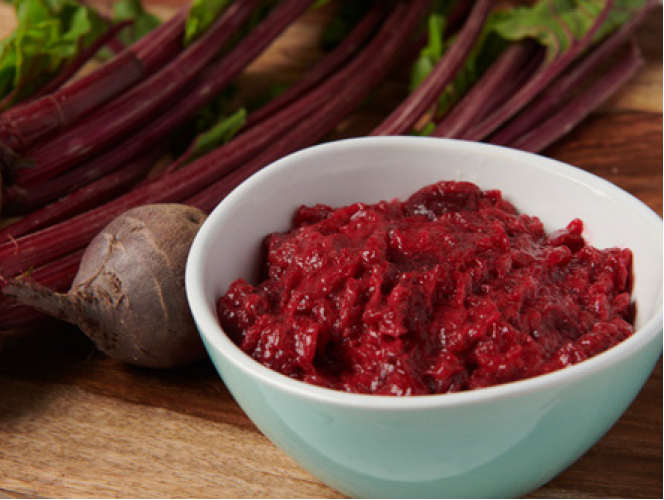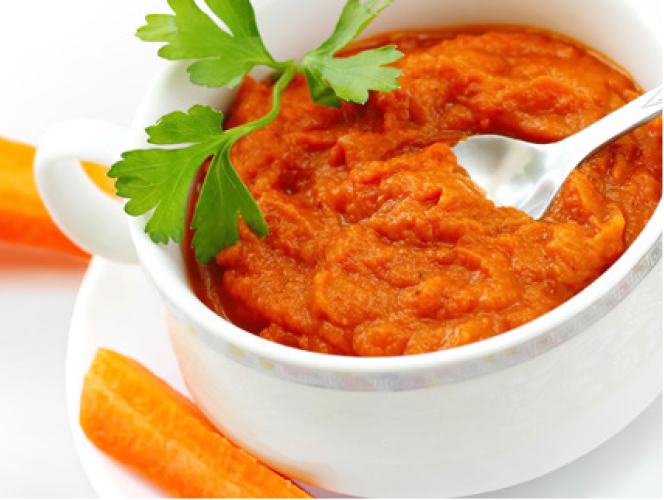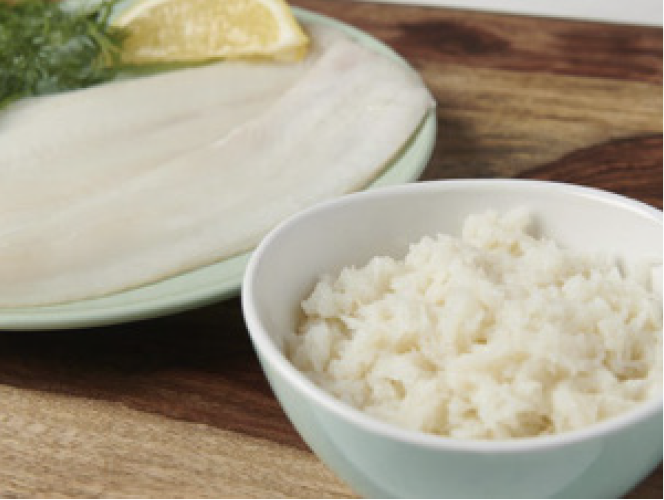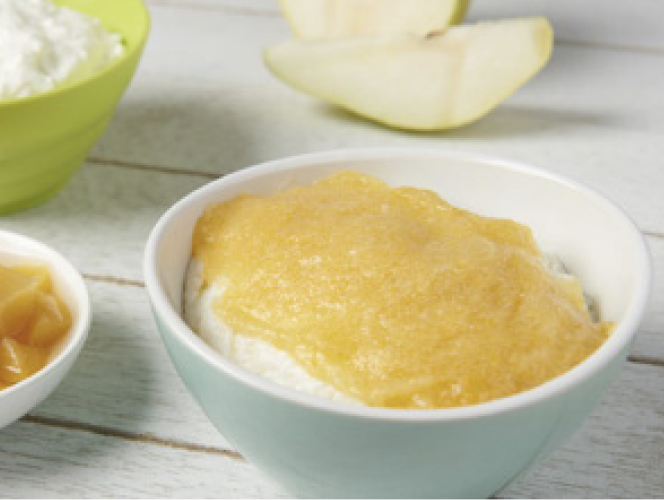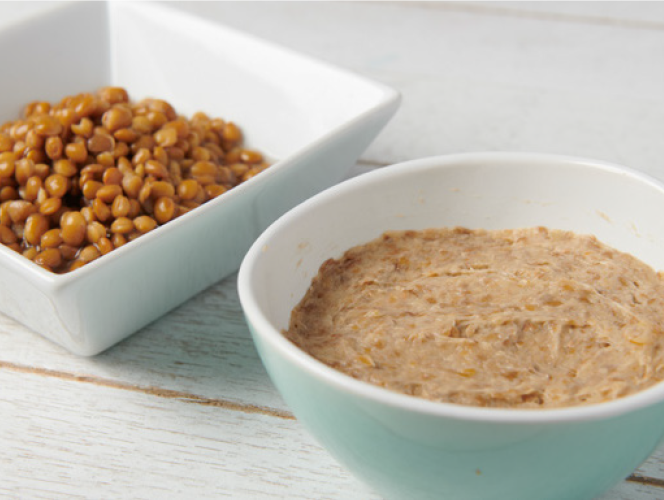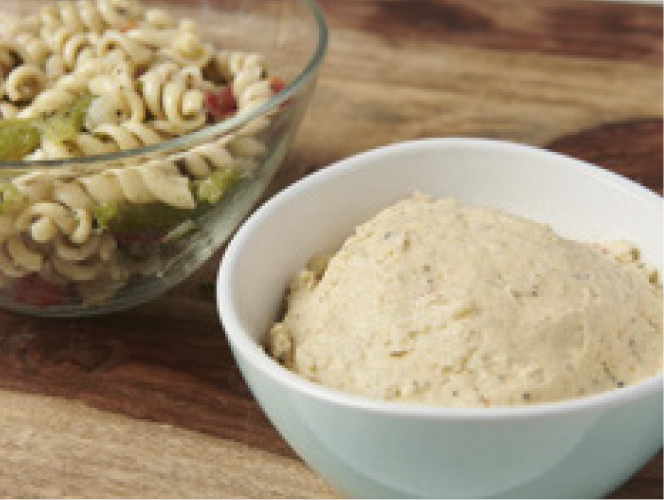Nutrition in Dysphagia Management
Good nutrition is especially important for people with dysphagia. The main goals of nutrition management include:
- Ensuring adequate nutrition and fluid intake
- Minimizing choking, aspiration risk , mealtime fatigue and maintaining the best possible health status
- Making mealtimes pleasurable by offering varied food choices and alternatives
Some examples of modified food consistencies are:
- Soft and bite-sized
Soft, bite-sized foods can be eaten with fork, spoon, chopsticks or fingers. With this consistency, chewing is required before swallowing. A knife is not necessary to cut this type of food, which can also be mashed with a fork, spoon or chopsticks. The bite-sized pieces should be no larger than 1.5 cm for adults and 8 mm for children.
- Minced and moist
Minced and moist foods can be eaten with a fork, spoon, chopsticks or fingers. Minced and moist foods should be soft and moist, and can be scooped and shaped. No thin liquid should separate from the food. It may have small visible lumps that are easy to mash with the tongue, and they should be no larger than 4 mm for adults or 2 mm for children.
- Pureed
Pureed foods are equivalent in terms of consistency to pudding-like or extremely thick liquids. This refers to foods that are pureed to a uniform, cohesive texture without lumps that don’t require chewing. Extremely thick, pureed foods can be piped or molded. Liquids must not separate from the solid, and the food must be lump free.
- Liquidized
Liquidized foods are equivalent in terms of consistency to honey-like or moderately thick liquids. Runny fruit purees (such as those used for infant “first foods”) and some thinner pureed soups are examples of foods that fit in this category. Liquidized foods cannot be piped, layered or hold a shape on their own. They should have a smooth texture with no discernible bits such as lumps, fibres or particles.
- Thickened liquids reduce speed of movement and can be more easily ‘sensed’ within the oral cavity than a thin liquid. Liquids such as water, milk, juice, tea, and coffee are considered ‘thin’ liquids. They flow freely, quickly and unpredictably. Thickened liquids slow the flow of liquids, allow the body more time to respond, creating a compensatory mechanism to assist airway protection.1
- The concept of thickness is known as ‘viscosity’.1
- Thickened liquids have demonstrated efficacy in helping manage dysphagia by improving swallowing safety2,3 and may also help improve swallow efficiency.

Refer to www.IDDSI.org for more information.
Thickeners designed to help manage dysphagia work in part by increasing the viscosity of liquids. However, there may be other important characteristics to consider when choosing a thickener for your patients with dysphagia. For instance:
- Does the thickener impact the taste, odor and appearance of liquids? Is it easy to use?
- Can the thickener be used in both hot and cold beverages and foods and does it maintain the desired viscosity over time?
- Does the thickener stretch and hold together, reducing likelihood of breaking apart during the swallow?
- Is the thickener amylase resistant, allowing viscosity to remain stable in the presence of saliva?
ThickenUp Clear Drink and Food Thickener
ThickenUp Clear is an easy to use thickener to help your patients with dysphagia prepare texture modified foods and drinks.
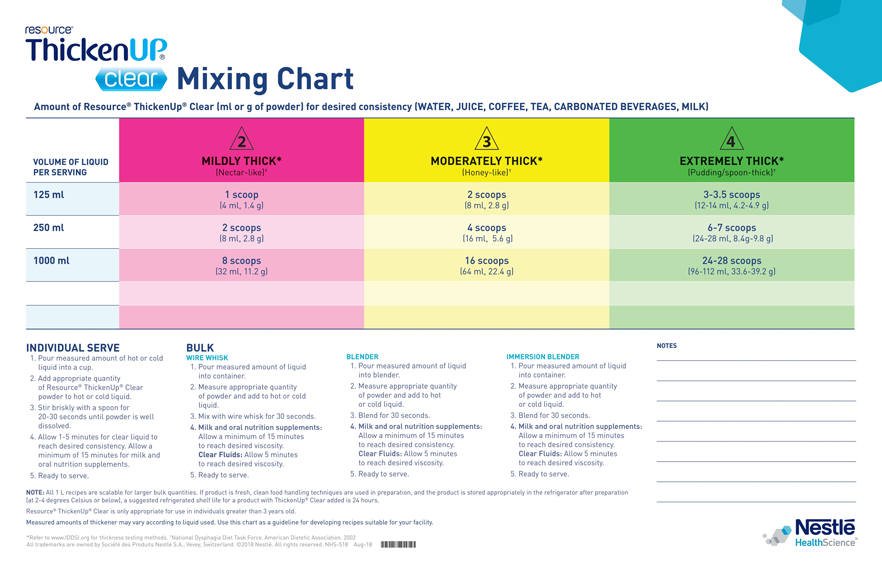
ThickenUp® Clear xanthan gum based thickener can be used with a whisk, spoon, blender or immersion blender to prepare thickened liquids. Use the easy to follow mixing chart to prepare the desired consistency.

Educational and Practical Resources for your Patients Requiring Thickened Liquids
Recipes for making texture modified foods and thickened liquids using ThickenUp Clear
- Cichero, J. Clin Nutr Highlights, 2021; Volume 1, Issue 1)
- Cichero J. Reg Focus. June 2019. Regulatory Affairs Professionals Society.
- Ortega O et al. JAMDA, 2017; 18: 576-582.
- Leonard R et al. J Acad Nutr Diet, 2014; 114(4): 590-4.
- Vilardell N et al. Dysphagia 2016; 31(2):169-179.
- Steele CM et al. Dysphagia, 2019; 34(5): 698-707.
